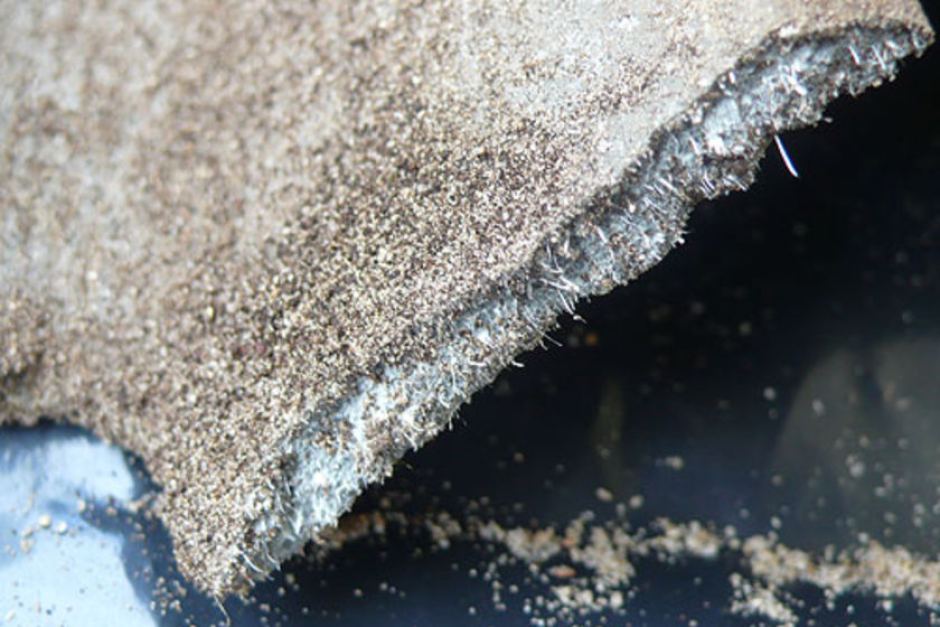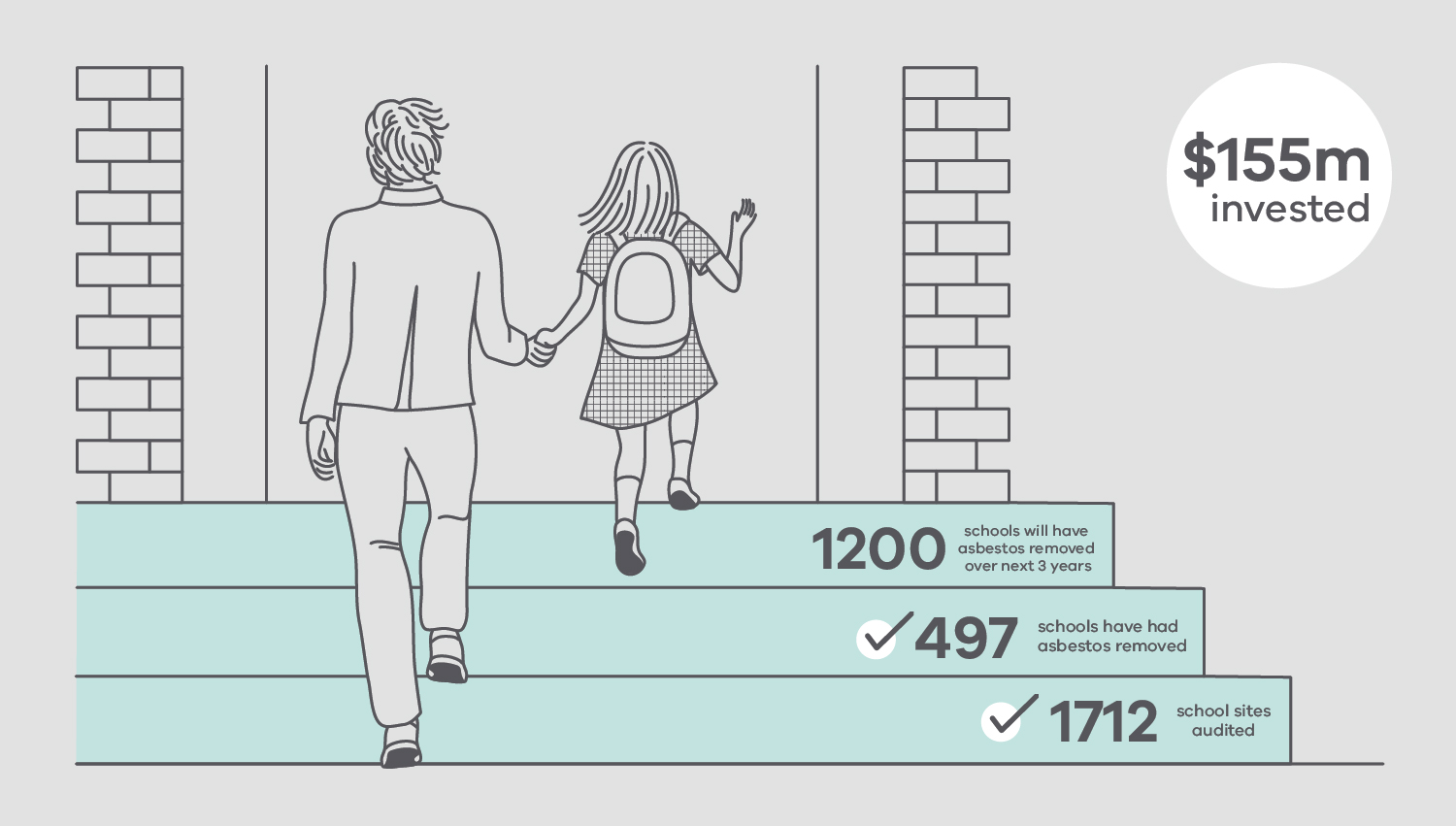Although the use, manufacture and importing of asbestos and asbestos based products has been banned in Australia since 2003, our nation's past enthusiasm for the dangerous mineral continues to haunt us to this day. The repercussions of Australia's previous wide-ranging and liberal use of asbestos can be felt both in our high rates of mesothelioma and our legacy of buildings containing the deadly mineral.
Asbestos can still be found lurking in the family home (mainly those built or renovated before 1980), in iconic buildings such as the Sydney Opera House, and most troublingly, in Australia's public schools.
A recent audit has found that a majority of Australia's schools contain asbestos based products. In Victoria for example, out of the 1,712 schools inspected, only 39 were found to be free of the dangerous mineral.
In New South Wales it was a similar story; asbestos was present in hundreds of schools in Northern NSW, mainly in the form of roof tiles, roof sheeting and external window panels.
These findings are concerning as all forms of asbestos pose a serious risk to human health. Inhaling the substance is linked to cancers such as mesothelioma, lung cancer, cancer of the larynx and even ovarian cancer.
Obviously, individuals of any age are vulnerable to the side-effects of asbestos exposure; however, children are particularly at risk for a couple of different reasons:
- Children breathe in more rapidly than adults as their lungs are still developing. This means they are more likely to breathe in any deadly asbestos fibres that are present in the air.
- Due to the delayed onset of most cancers caused by asbestos - particularly mesothelioma which can take 30 years for symptoms to develop - asbestos poses a greater risk to a child's life expectancy than to an adult's. Children are estimated to be 3.5 times more likely to develop mesothelioma than adults.
- Children are at a higher likelihood of asbestos exposure because of their active play habits that could disturb or damage asbestos containing products.
If disturbed, asbestos fibres can become airborne and are easily inhaled.
In order to reduce the likelihood of students and staff being exposed to asbestos, all Australian state governments require schools containing asbestos to have an asbestos management plan in place. This plan must be in line with the 2011 Federal Work, Health and Safety Act and involves any area found to be contaminated with asbestos being fenced off.
In response to the high amount of schools containing asbestos, the Victorian government has pledged $155 million towards removing asbestos from its state schools with the ambitious goal of making all state schools asbestos-free by 2020. This involves both the removal of asbestos where possible and the demolition of buildings too contaminated with asbestos to simply have the substance removed.
Infographic outlining the Victorian Government's plan to rid schools of asbestos, courtesy of the Victorian Government School Building Authority.
The Victorian government's plan commenced in the first half of 2016 and prioritised 'high risk' buildings, which have all since been removed.
Here's hoping the rest of Australia's state governments follow suit soon so we can rid all our schools of this dangerous materal.






